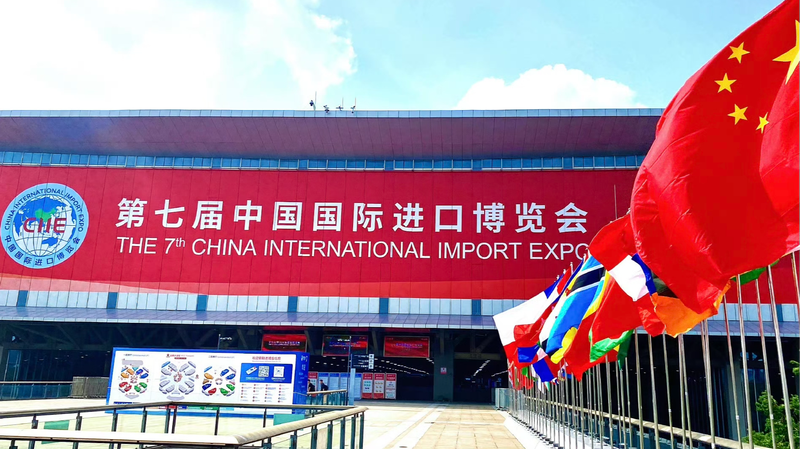As China continues to shape global economic and political dynamics, experts are analyzing the foundations of its growing influence. Erik Solheim, Chairman of the Europe-Asia Center and former UN Under-Secretary-General, identifies three core pillars behind the nation's ascent in a recent analysis.
Economic Transformation: China's rapid industrialization and technological innovation have created the world's second-largest economy, with Solheim noting its unique ability to 'combine scale with speed in infrastructure development.'
Global Connectivity: Through initiatives like the Belt and Road program, China has established itself as a crucial partner for developing nations seeking infrastructure investment and trade opportunities across Asia and beyond.
Diplomatic Engagement: Solheim highlights China's growing role in multilateral institutions and climate change mitigation, particularly its leadership in renewable energy investments and green technology exports.
While acknowledging development paths must be country-specific, Solheim suggests China's experience in poverty reduction and strategic planning offers valuable insights for emerging economies. This analysis comes as Asian markets increasingly drive global growth, with China's economic strategies attracting attention from investors and policymakers worldwide.
Reference(s):
China's global ascent: The three pillars of its competitive edge
cgtn.com








